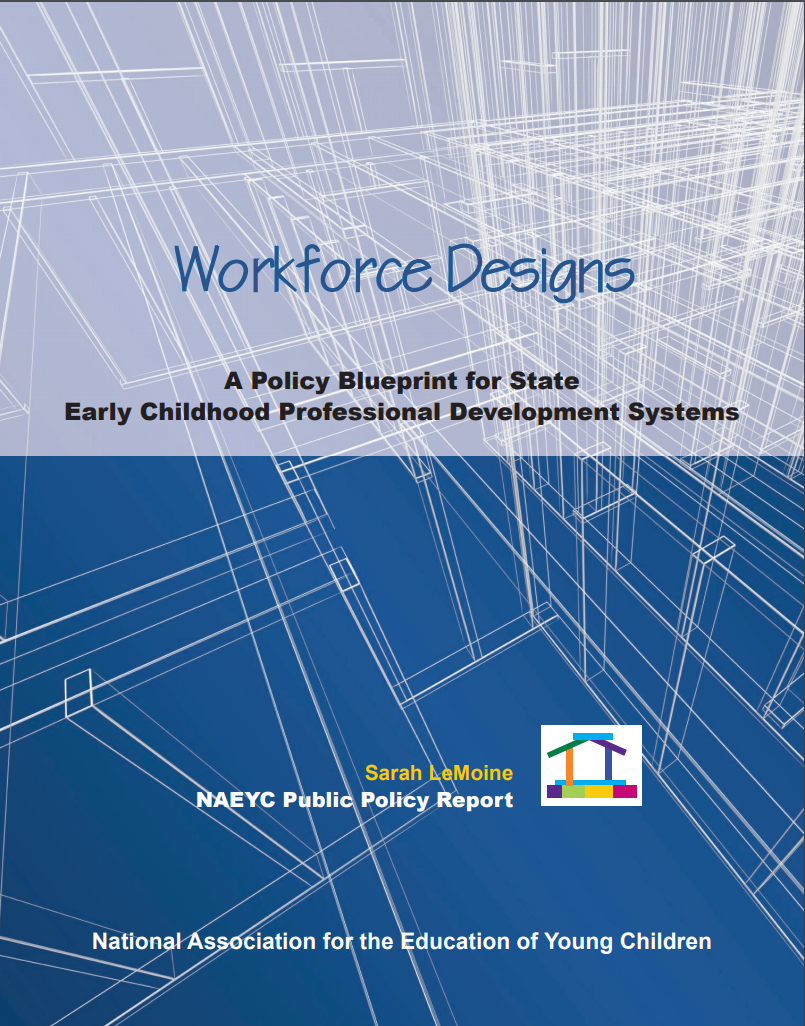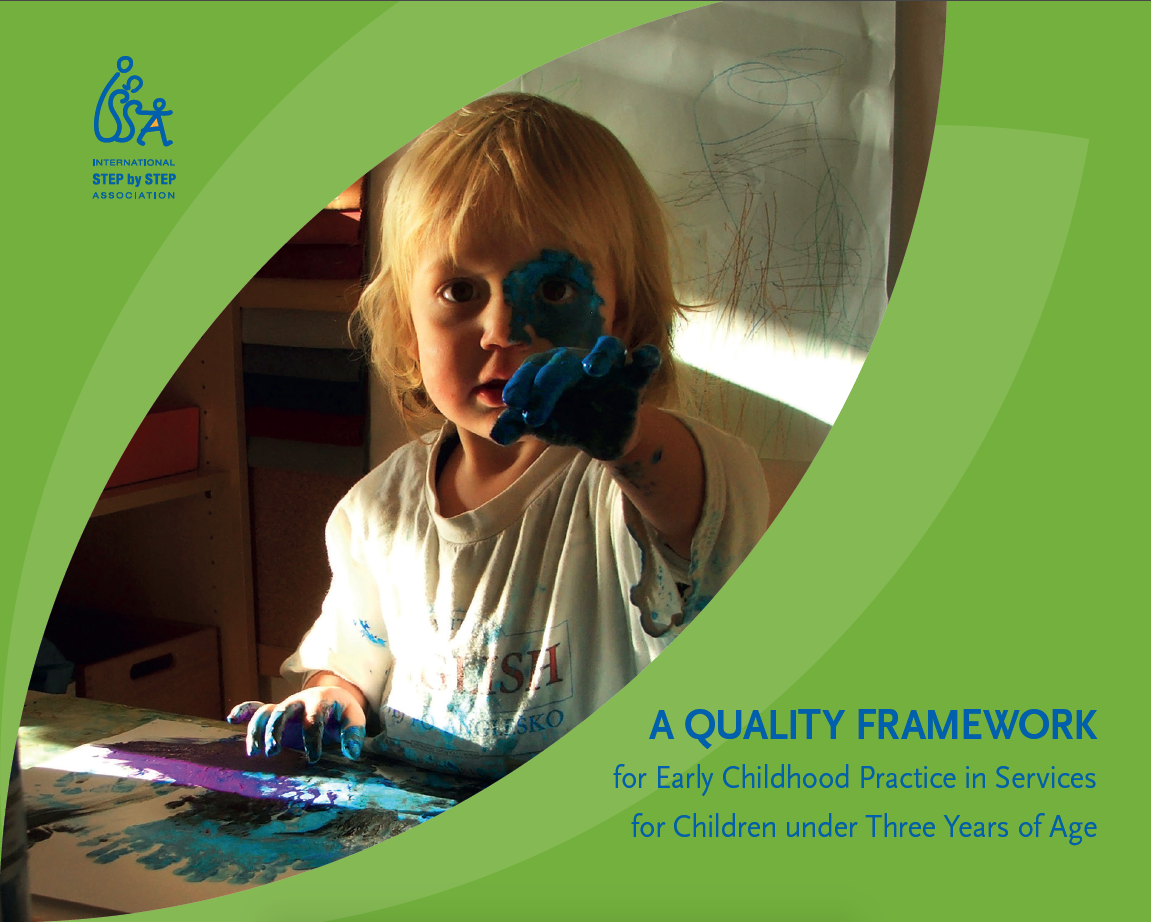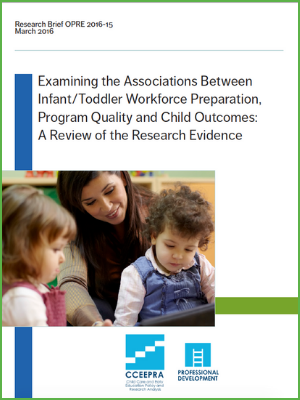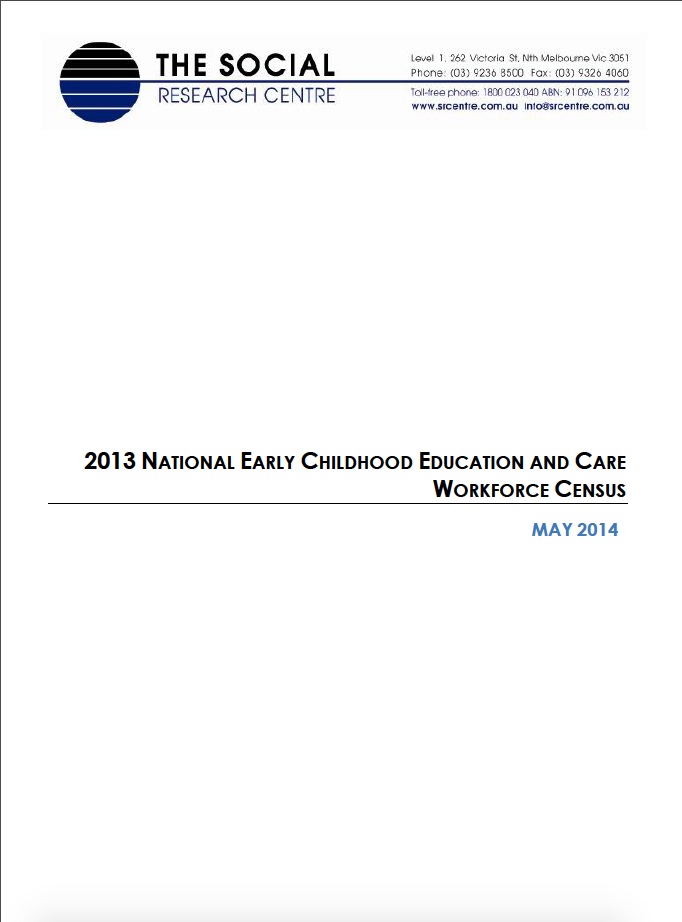Good Practice for Good Jobs in Early Childhood Education and Care

Recruiting and retaining skilled staff is a long-standing challenge for the early childhood education and care (ECEC) sector. OECD countries are increasingly demanding that ECEC staff be highly skilled and highly qualified, but a combination of low wages, a lack of status and public recognition, poor working conditions, and limited opportunities for professional development mean that recruitment and retention are frequently difficult. What can countries do to build a highly qualified and well-trained ECEC workforce? What is the best route to increasing staff skills without exacerbating staff shortages? How can countries boost pay and working conditions in the context of limited resources? Building on past OECD work on early childhood education and care, and drawing on the experience of OECD countries, this report outlines good practice policy measures for improving jobs in ECEC and for constructing a high-quality workforce.
Publication:OECD
Year of Publication:2019
read.oecd-ilibrary.org










